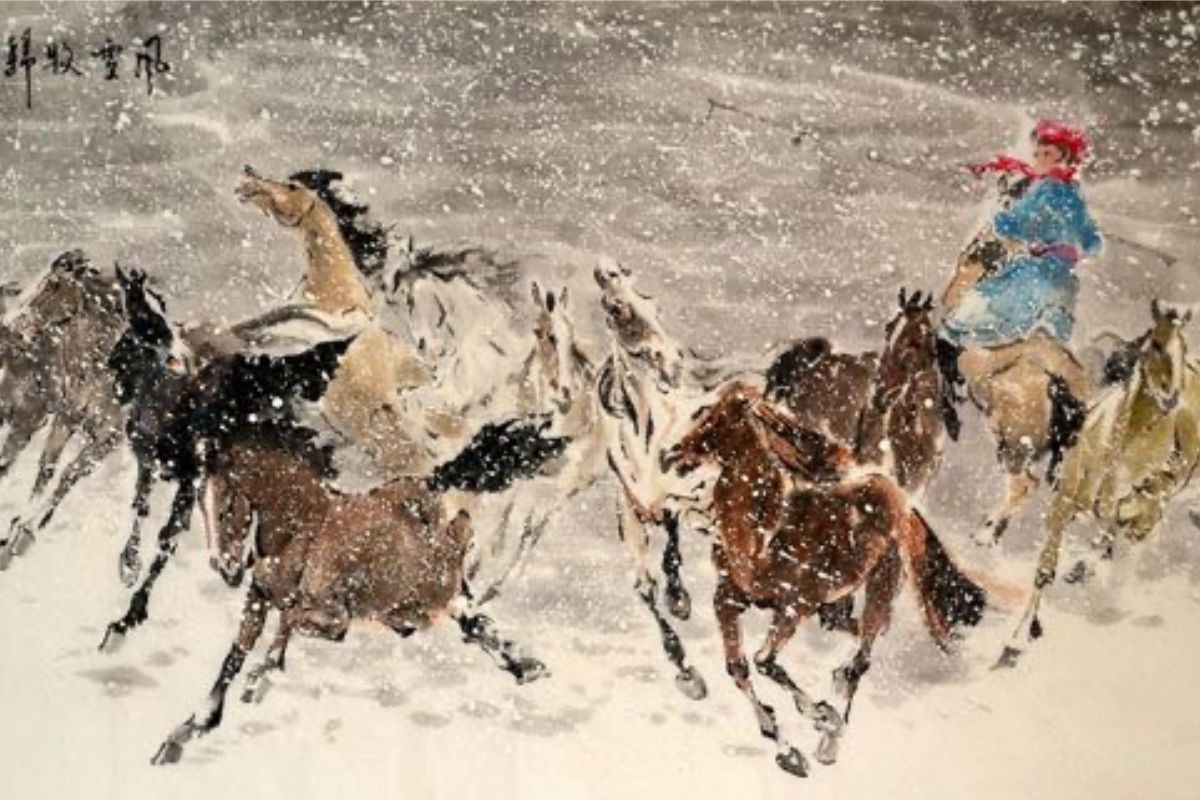This Ancient Duke Loved Horses So Much That He Was Buried With Them
In the Linzi District of Zibo, Shandong Province, China, about six hundred horses were assumed to have been buried alongside Duke Jing of Qi in his tomb.
The horses were first discovered in 1964, twelve years before the Duke’s tomb was found along with other artifacts. However, not all parts of the tomb have been unearthed yet.
Digging Up the Tomb
The horses’ burial site surrounded three sides of the Duke’s tomb, serving as companions for his remains. At first, about 145 horses were found north of the burial spot, at a distance of 215 meters. A few more were found years later.

Source: TheVintageNews/Pinterest
Apparently, the horses were given alcohol before they were slain so their demise would be as painless as possible. They had their skulls smashed with blunt objects after becoming unconscious due to the alcohol.
Activity in the Afterlife
After they were slain, the young horses were neatly arranged in two lines. In Guo state tombs, the horses were positioned in action poses because they had to be ready for the Duke in the afterlife.

Source: AlanOgden/Pinterest
Although Duke Jing of Qi in particular loved his horses, horses were also very important in Chinese history, so burying them with him was to honor him. Horses were essential for agriculture and were also symbols of a military’s strength. According to China Daily, a country’s competitiveness was measured by its horses.
Duke Jing of Qi
Duke Jing was first given his title after he passed on. After his half-brother passed away around 576 BC, the Duke became a prominent figure. He was believed to have ruled for an extended period of time before meeting his demise in 490 BC.

Source: ArmorsandClothings/Pinterest
Even with the astounding size of the tomb, it wasn’t until 1976 that archaeologists found it. It was first discovered by a lowly peasant who noticed some bronze pieces in a field.
A Historical Dynasty that Still Speaks
The tomb was discovered between 1976 and 1986, and the whole area was excavated for a while before excavation stopped in 2003. It resumed in 2019. Thousands of artifacts were found during the investigation and excavation process.

Source: BlevinsLambert/Pinterest
Although the sight of all those horses is quite remarkable, it is just a tiny part of the entire picture. This tomb represents a historical dynasty that still has as much impact as it did back in its era.
